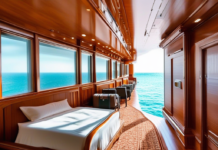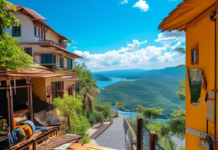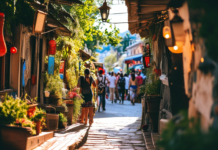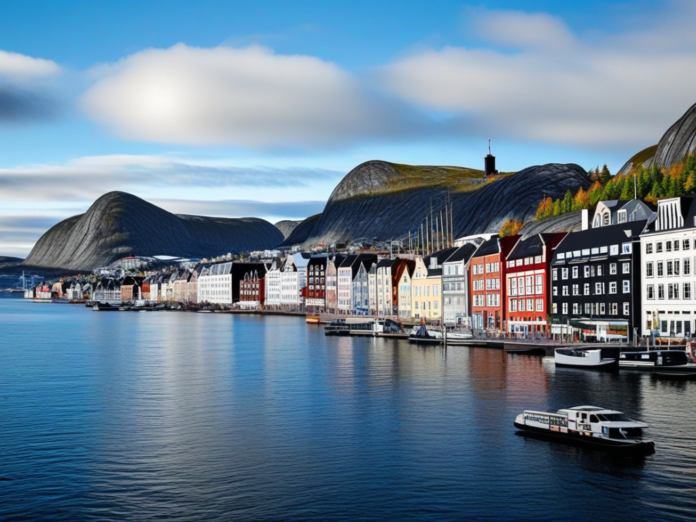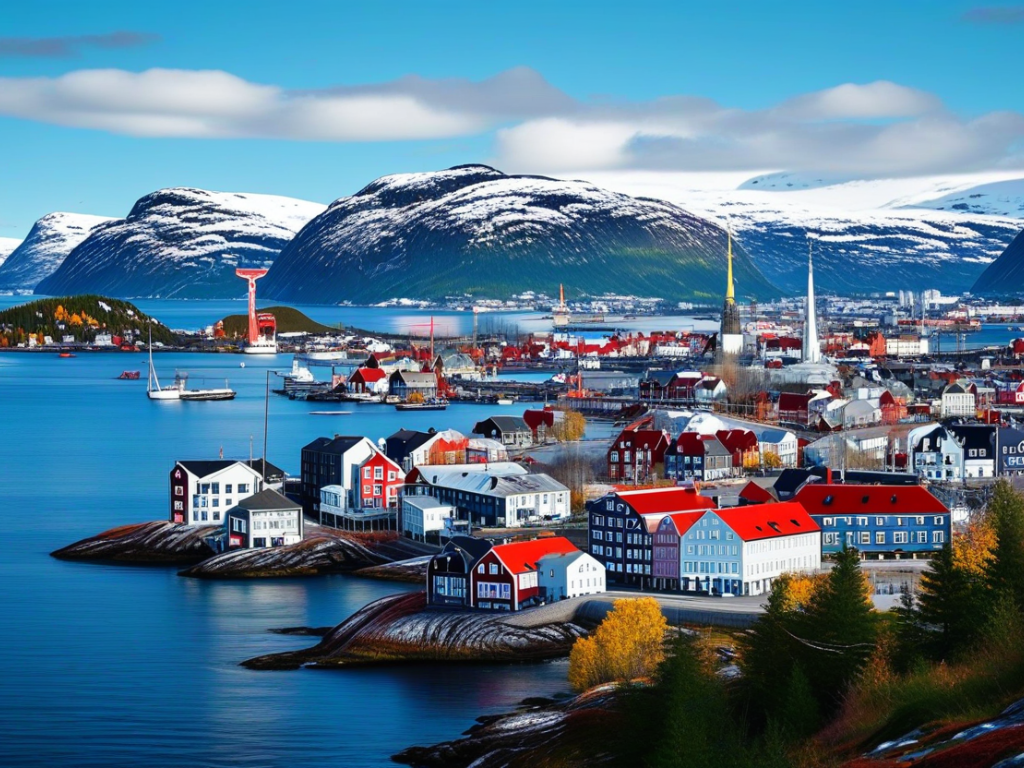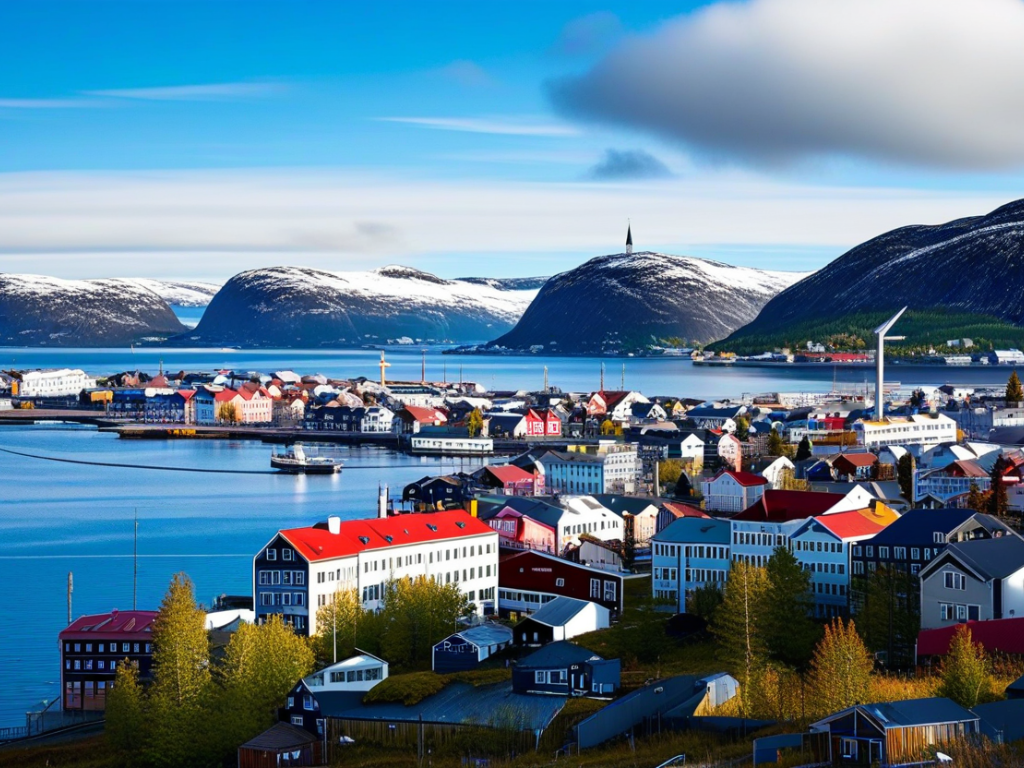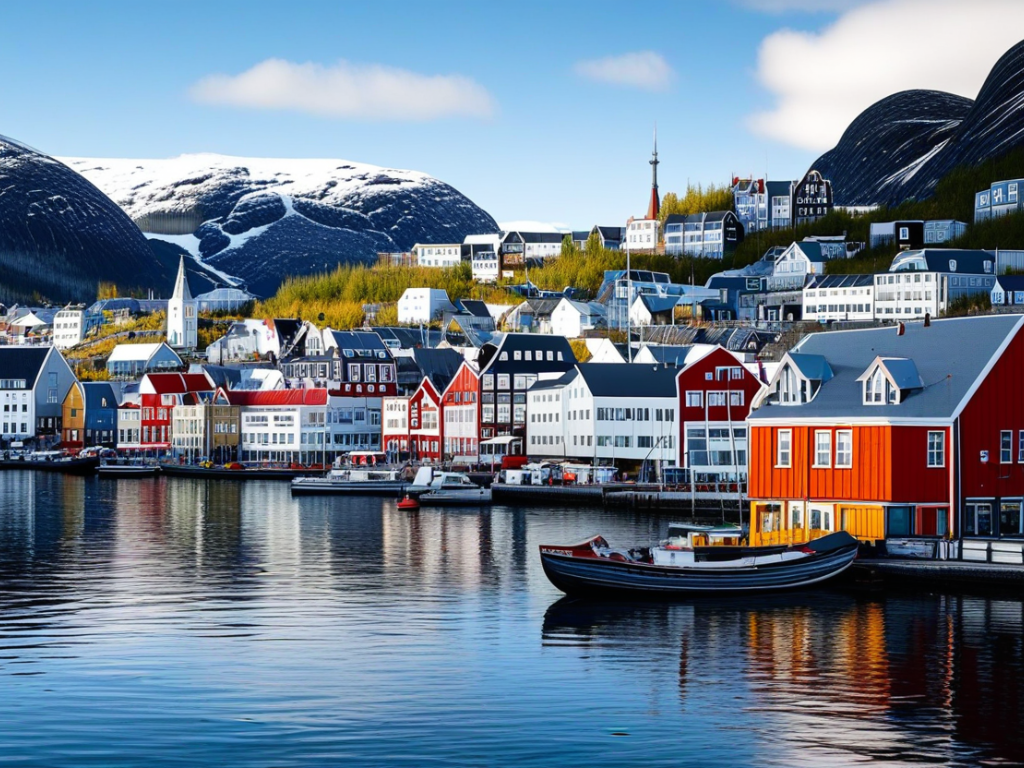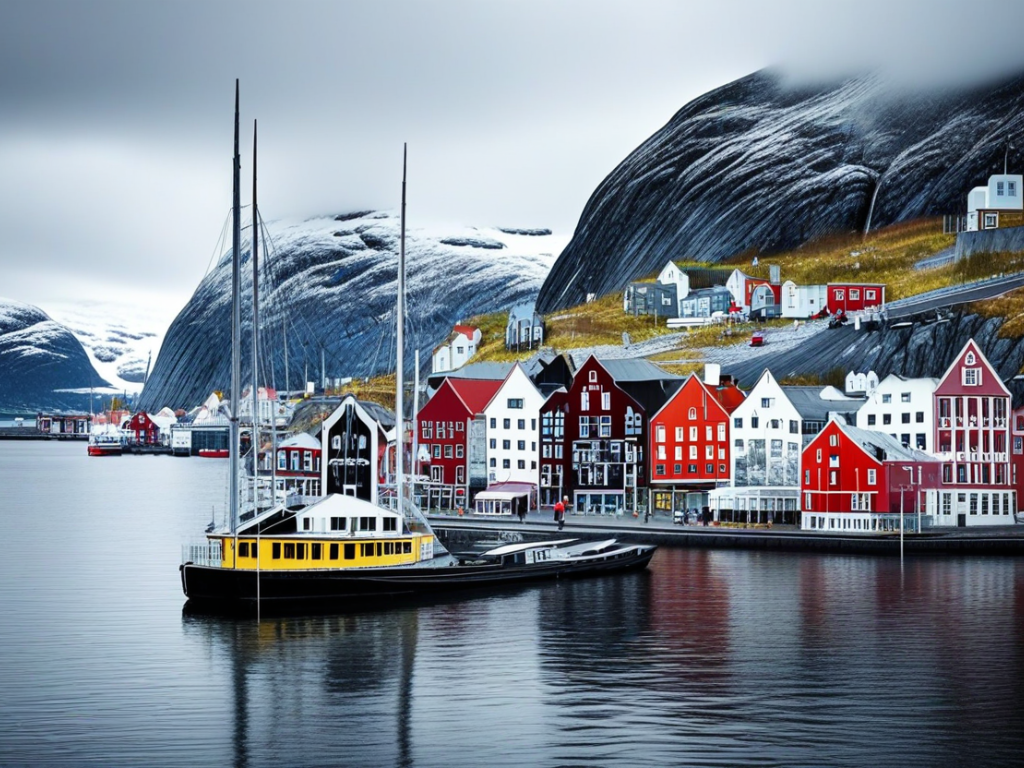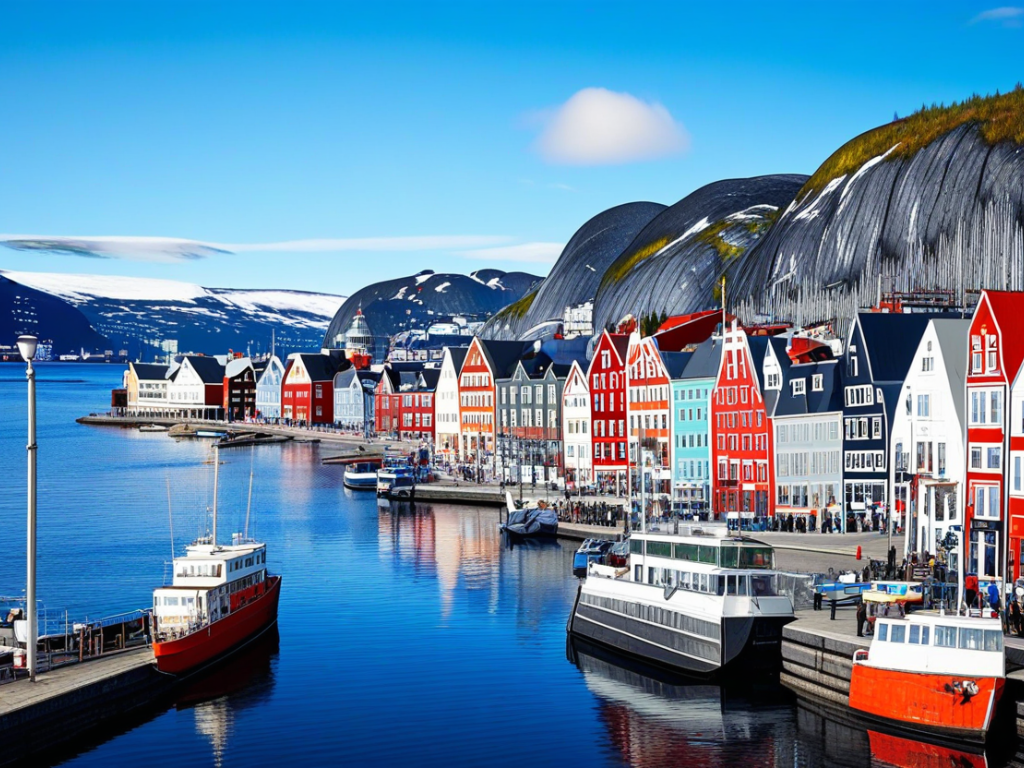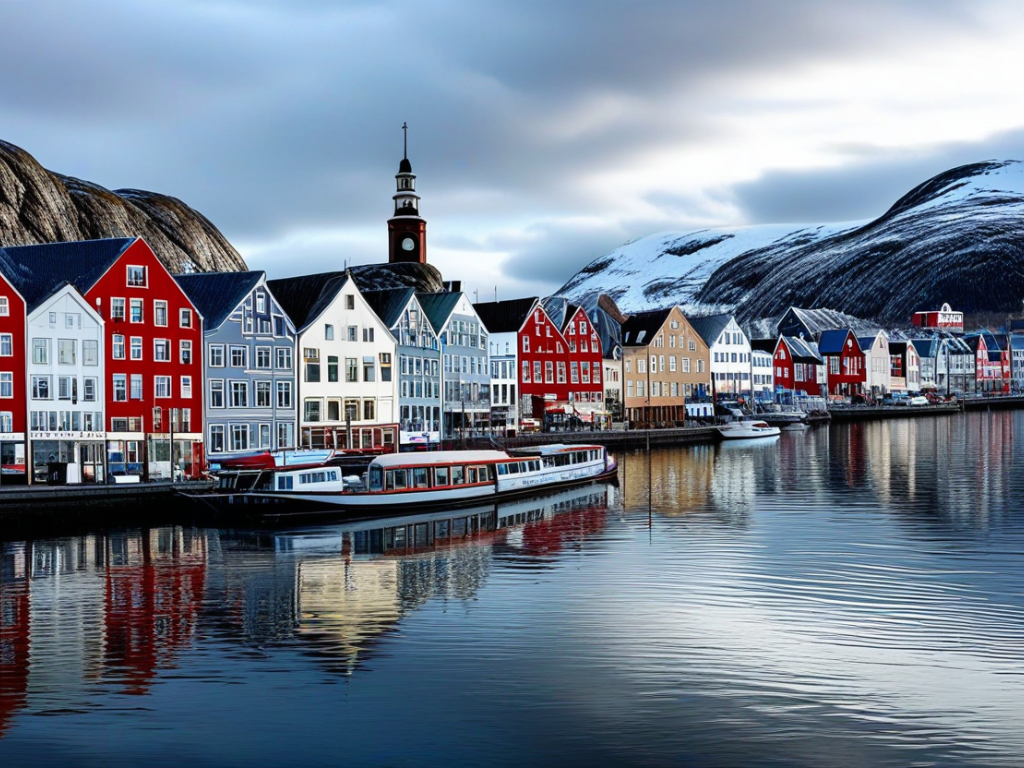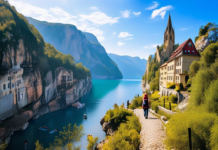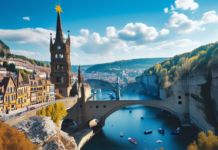Bergen is Norway is second’s largest city after Oslo, situated just one sheltering Island from the open sea is long provided ships . It is a busy working poor and it is popular with cruises ships, and an essential refuge when heavy winds drive in the boats that serve the North Sea, oil rings.
Much of Norway’s current influence is fueled by the oil drills just offshore. Visitors enjoy charming cobbled streets which surrounds the harbor, inclined encircling hills. Bergen’s popular particular rises high above the city offering commanding views, serving the surrounding Islands and Fjords, it is clear why this city is known as the gateway .
In the 13th century Bergen was established as Norway’s first capital. The Hakoon’s Hall was part at the Royal residence. In a city built of wood , stone building represented power as in many Norwegians cities. It is the largest stone building in Norway from the Middle Age. From the view you can enjoy the Royal view.
Colorful warehouses mark Bergen’s touristic historic quarter since the 13th century. Troldhaugen is the former home of Norwegian composer Edvard Grieg and his wife Nina Grieg. Troldhaugen and its surroundings are now operated as the Edvard Grieg Museum Troldhaugen which is dedicated to the memory of Edvard Grieg.
Bryggens Museum was built in 1976. The architect behind the work was Øivind Maurseth, who also designed the Radisson SAS hotel nearby.
Bergenhus fortress Norwegian: Bergenhus festning is a fortress located in Bergen, Norway. The fortress contains buildings dating as far back as the 1240s, as well as later constructions built as recently as World War II.
In Bergen you can visit popular attractions like Bryggen, Fløibanen Funicular, Bergen Aqaurium or the famous Fish Market.
Bryggen is one of Bergen’s biggest attractions. Bryggen is included on Unesco’s list of World Heritage and is an important part of the city. To stroll through Bryggen’s narrow alleyways and overhanging galleries is to step back into the mists of time and a bygone era. Bryggen is very much a living part of the cultural heritage that is still in active.























